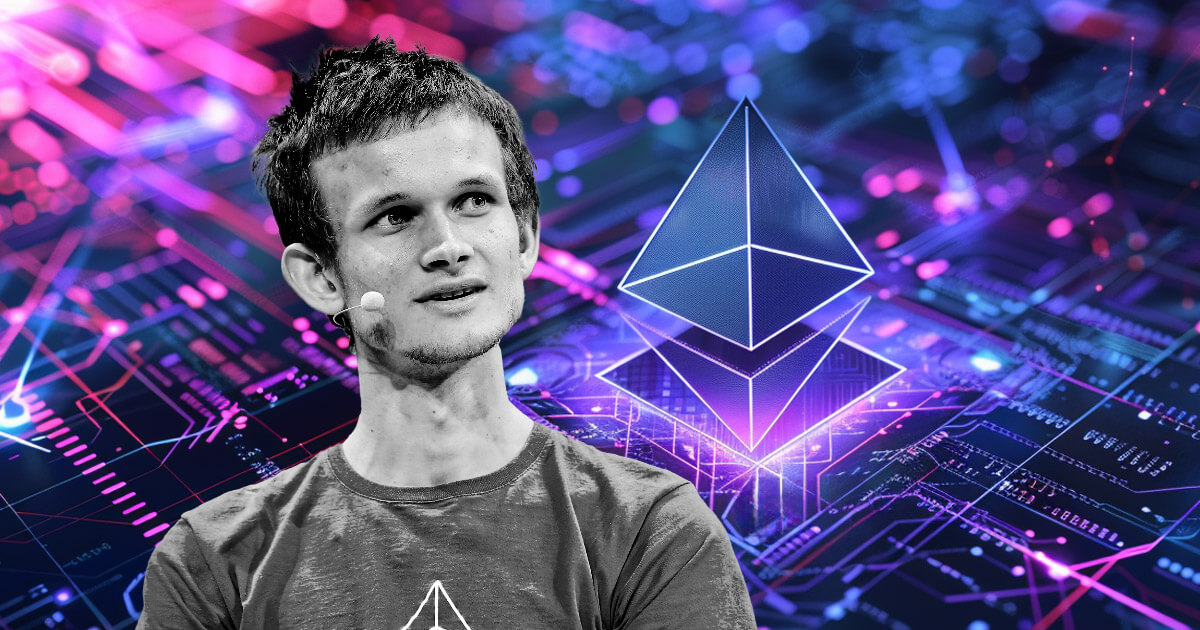01
NovEthereum's Verge: Enhancing Node Accessibility

```html
On October 23, 2024, Vitalik Buterin, co-founder of Ethereum, introduced ambitious plans for an upgrade referred to as The Verge, designed to significantly enhance the accessibility of Ethereum nodes by enabling their operation on resource-limited devices, including smartwatches. This innovation aims to contextualize Ethereum's growth with a clearer perspective on what the future of decentralized networking could look like.
The Challenge of Node Verification
Ethereum's decentralized network hinges on the ability of nodes to validate transactions. However, the current system presents limitations that hinder broader participation. Buterin highlighted that running a full Ethereum node requires considerable computational power and storage, thus restricting it to users with advanced hardware configurations. Specifically, maintaining an Ethereum node necessitates around hundreds of gigabytes of storage, which expands each year due to the growing blockchain data size.
The core of the problem stems from the reliance on a structure known as the Merkle Patricia tree, which is vital for the current Ethereum network's transactions and states management. This complexity not only escalates data storage needs but also undermines the blockchain's objective of being more accessible and inclusive.
“The Verge aims to modify the way we validate blocks, moving towards a future where every mobile wallet, browser wallet, and even smartwatch is conducting blockchain validation by default.” – Vitalik Buterin
The Verge Explained
Buterin's proposal centers around the integration of stateless client verification, a mechanism allowing devices to authenticate blockchain data without needing to locally store the entire dataset. Here's how this evolution unfolds:
- **Verkle Trees**: The Verge incorporates Verkle trees—a structure that facilitates more compact proofs and makes stateless verification feasible.
- **SNARKs and STARKs**: Both are cryptographic techniques that enable efficient verification without revealing sensitive information. SNARKs allow proof without disclosing details, while STARKs enhance scalability and security.
- **Stateless Verification**: Instead of maintaining every transaction, nodes could utilize “witnesses” accompanying each block that contain key verification data and necessary proofs.
Impact on Node Accessibility
The strategic shift proposed in The Verge emphasizes a dramatic reduction in the prerequisites to participate in Ethereum's ecosystem. The goal is to bolster inclusivity, making node operation possible on commonly used devices. The expected results include:
| Device Type | Current Capability | Post-Verge Capability |
|---|---|---|
| Standard Laptops | Run full nodes with considerable resources. | Run lightweight nodes efficiently, requiring less storage. |
| Smartwatches | Unable to run nodes due to resource limitations. | Potential to verify data without requiring extensive storage. |
| Mobile Devices | Run simplified versions of nodes. | Engage through full participation options via stateless verification. |
Advocation for Stateless Nodes
The Verge aims not just at technical improvements but at redefining Ethereum's user experience. Buterin elucidated that as the blockchain undergoes these transformations, numerous benefits can arise:
- Lowering Entry Barriers: With reduced hardware requirements, more individuals can run nodes.
- Enhanced Security: By diversifying node verification, the network can mitigate risks of centralization.
- Increased Participation: More users engaging in validation could lead to a decentralized network.
Conclusion
In summary, Vitalik Buterin's unveiling of The Verge encapsulates a vision for Ethereum that prioritizes efficiency, accessibility, and decentralization. By transforming the mechanisms of node verification, Ethereum could adapt to contemporary computational capabilities, fostering a wave of new participants eager to engage with the blockchain. However, transitioning to this new framework will take rigorous development and community support to actualize Buterin's foundational vision.

For More Information
Reference: Universetoday
```

 Metaversai
Metaversai